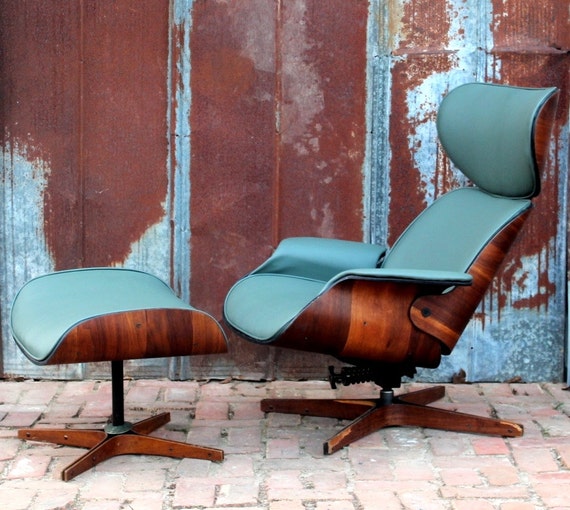
Mainly known for its appearance in Star Trek, the President Lounge Chair 265 was designed by the “king” of Space Age design, the Danish furniture designer Steen Ostergaard. Volther is known for its sculptural gravity President Lounge Chair by Steen Ostergaard The form of the chair is inviting, its shape recalls a spine and ribs, the anatomy of a human torso: these forms are made possible by the use of molding polyurethane foam. Volther is known for its sculptural gravity that lead the way for this piece to be featured in different movies. A pure example of space-age design, the Keracolor’s spherical shape is reminiscent of a cosmonaut’s helmet Corona Chair by Poul M.

Its design is largely inspired by the Ball Chair seen above. The Keracolor is a pure example of space-age design because of its spherical shape reminiscent of a cosmonaut’s helmet, at a time when NASA started to stream space missions on TV. The Atollo Lamp by the Italian designer Vico Magistretti was revolutionary at the time for its uncommon shape Keracolor Keraclonic Sphere by Arthur Bracegirdle

Interested to know more about the iconic design path of Vico Magristretti? Head to Design Icon – Vico Magistretti. The lamp gives the impression of defying the laws of gravity with the upper part looking like a UFO ready to land. The Atollo Lamp by the Italian designer Vico Magistretti was revolutionary at the time for its uncommon shape, reinventing the abat-jour with a more solid metallic look. The Ball Chair by finish designer Eero Aarnio was revolutionary for its futuristic style in the 1960s – ©Asko Atollo Lamp by Vico Magistretti It was used in many science-fiction films like Mars Attacks! or Men In Black. One of the most famous chair designs of all times, the Ball Chair by finish designer Eero Aarnio was revolutionary for its futuristic style in the 1960s made possible by molding the acrylic frame into an almost entirely empty sphere. The design of the KD29 Lamp dates back to 1965 and is one of Joe Colombo’s more recognised projects Ball Chair by Eero Aarnio Its original rounded shape lights up and is mounted on a thin plastic band recreating a “zero-gravity” effect. The design of the KD29 Lamp dates back to 1965 and is one of Joe Colombo’s more recognised projects. The Verner Panton Chair is a true reflection of the “Space Age” design of the 1960s KD29 by Joe Colombo The chair is made out of a single piece of plastic showing the designer’s wish to play with materials and push their limits. The sleek and curvaceous chair was unveiled in the Danish design journal Mobilia in 1967. The Verner Panton Chair is a true reflection of the “Space Age” design of the 1960s. Space-age interior design for Ego Hair Salon in Beijing by IS Architecture and Design – ©IS Architecture and Design – Cover image – ©Studio Pierre Cardin Here is a retrospective selection with some of the most famous Space Age product designs Panton Chair by Verner Panton

Let’s take a look at how space exploration influenced product design, from the use of innovative materials to the inspiration on the shapes of products. Nowadays, we observe a rising excitement for the space economy, mostly due to private companies like SpaceX and Blue Origin showing a clearer path towards a space tourism sector becoming reality. The research on materials allowed the use of different types of polymers, unlocking infinite shape possibilities. On another note, aerospace engineers influenced design and architecture through the adaptability of the materials they created for flight. The US’ confidence in becoming a leader in space flights influenced a vast majority of designers and architects.Īt the same time at which we would see some buildings with satellite shapes and cars with ornamental tailfins, product designers would start using some revolutionary materials and bring back ornaments in their projects, following the same space-inspired trend.Īt the end of the Second World War, the whole world was ready to witness NASA reaching outer space.įrom this excitement derived a true interest from the society for science and technology. Towards the end of the ’50s, new technical perspectives combined with an interest in abstract futuristic shapes lead to what is known as Space Age design.


 0 kommentar(er)
0 kommentar(er)
